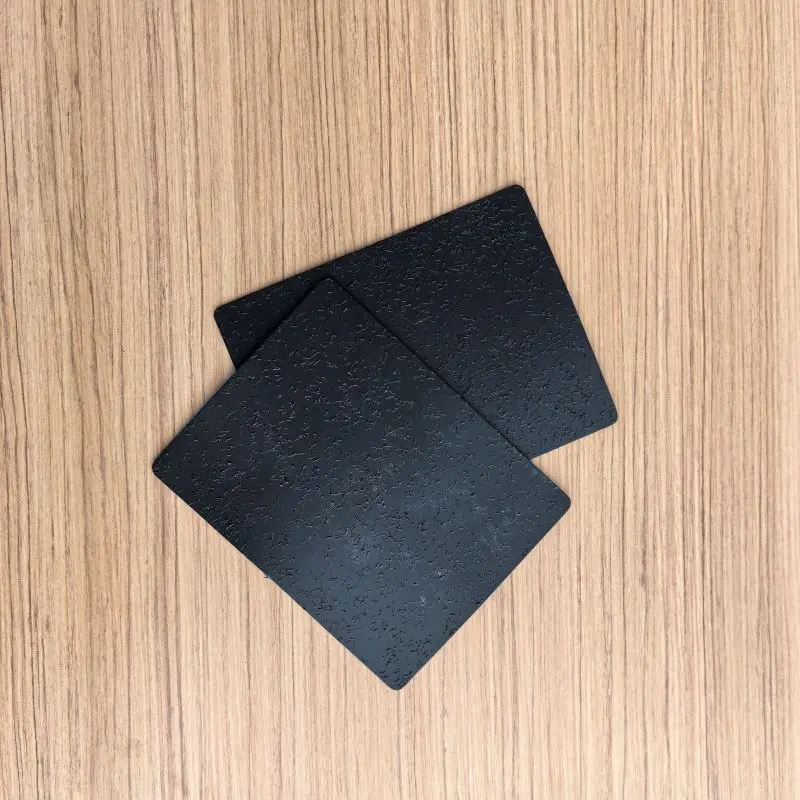Roughened Geomembrane: The Twenty Key Advantages in Anti-seepage Engineering
The roughened geomembrane, a geosynthetic material with a textured surface, has gained widespread application in various anti-seepage engineering projects in recent years. Its unique texture design and exceptional performance have demonstrated remarkable advantages in numerous engineering fields. The following will elaborate on the twenty key advantages of the roughened geomembrane, highlighting its unique value in anti-seepage engineering.
Firstly, the roughened geomembrane stands out with its excellent anti-sliding properties. The rough surface increases the friction between the membrane and the soil, effectively preventing sliding and displacement, thus enhancing the stability of the engineering structure.
Secondly, the geomembrane exhibits superior drainage performance. The rough texture on its surface helps to form micro-drainage channels, allowing water to drain quickly and effectively, preventing water accumulation and seepage.
Furthermore, the roughened geomembrane possesses good bonding properties. The rough surface enhances the bonding force between the geomembrane and the soil, enabling them to adhere closely and form a solid unit, improving the overall strength of the engineering structure.
The geomembrane also demonstrates excellent chemical stability. It can resist the erosion of various chemicals, maintaining stable performance over time and ensuring the safety and durability of the engineering project.
Moreover, the roughened geomembrane possesses superior mechanical properties. It exhibits high tensile strength and elongation at break, capable of withstanding significant external forces without easy breakage, ensuring the long-term stable operation of the engineering structure.
The anti-seepage effect of the geomembrane is another significant advantage. Its low permeability coefficient effectively prevents the infiltration of water and harmful substances, protecting the integrity and safety of the internal structure of the engineering project.
Additionally, the installation and laying of the roughened geomembrane are simple and efficient. Its lightweight and flexible material make it easy to cut and splice, adapting to various complex construction environments and terrain conditions, significantly reducing construction time and costs.
The geomembrane also exhibits excellent aging resistance. It can withstand the erosion of ultraviolet rays and oxidation, maintaining stable performance over time and extending the service life of the engineering project.
In terms of environmental adaptability, the roughened geomembrane performs exceptionally well. It can adapt to various climatic conditions, maintaining stable anti-seepage performance under both high and low temperatures.
Furthermore, the geomembrane possesses resistance to environmental stress cracking. In complex and changing engineering environments, it can resist the impact of various stresses, maintaining the integrity and continuity of the membrane material.
The puncture resistance of the roughened geomembrane is also strong. It can withstand the puncture and impact of external objects, protecting the integrity of the anti-seepage layer and ensuring the safe operation of the engineering project.
Moreover, the geomembrane demonstrates good temperature adaptability. It can maintain stable performance under different temperature conditions, without significant deformation or failure due to temperature changes.
The weldability of the roughened geomembrane is also excellent. During construction, the membrane material can be connected and repaired through thermal welding methods, ensuring the continuity and integrity of the anti-seepage layer.
The application range of the geomembrane is extensive. It is not only suitable for large-scale engineering projects such as garbage landfills and tailings dams, but also can be used in areas such as sewage treatment and water conservancy projects, providing effective solutions for various anti-seepage engineering needs.
Additionally, the geomembrane exhibits good environmental performance. Made from environmentally friendly materials, it can be recycled and reused, aligning with current green and sustainable development concepts.
Finally, the geomembrane also offers good economic benefits. Although the initial investment may be slightly higher, its low maintenance costs and long service life lead to significant overall cost savings and economic efficiency.
In conclusion, the roughened geomembrane exhibits twenty key advantages in anti-seepage engineering. Its excellent anti-sliding, drainage, and bonding properties, along with its superior chemical stability and mechanical performance, make it an ideal choice for various anti-seepage engineering projects. With the continuous advancement of technology and increasing engineering demands, the application prospects of the roughened geomembrane will be even broader, contributing significantly to the safety and stability of engineering projects.
Our 10-meter blown geomembrane production line belongs to China's advanced production technology.It can produce up to 10 meters wide wide geotextile.This production line adopts PLC + touch screen control, high degree of automation.We have the patent certificates are: blowing film air ring cooling device, blowing film equipment with the touch frame, two-way coiler.
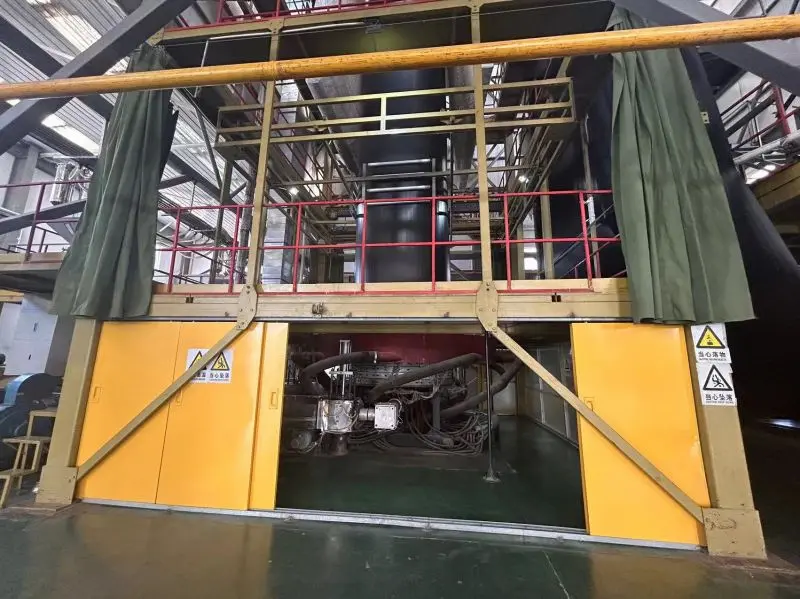
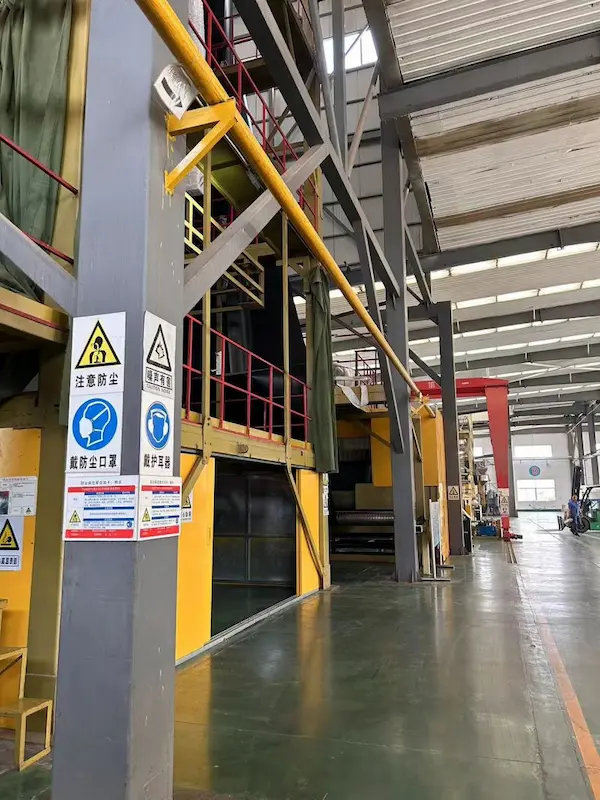
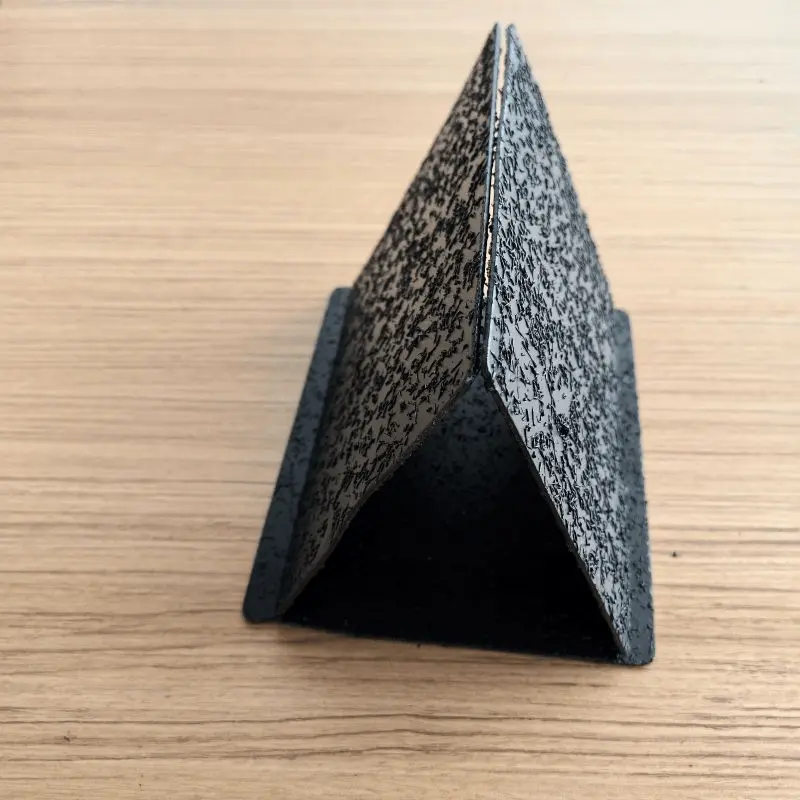
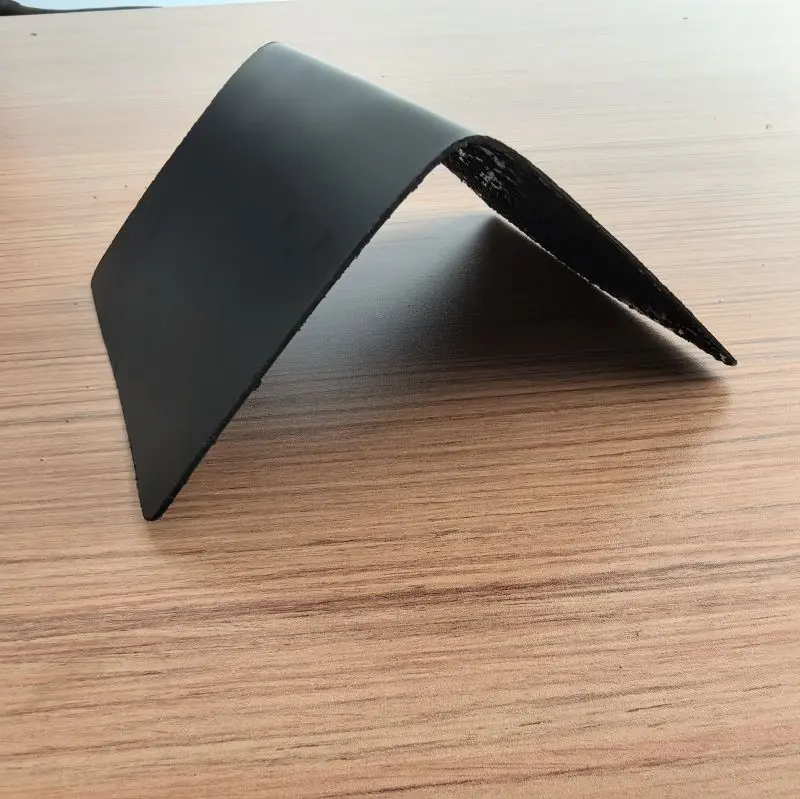
503.webp)
759.webp)
776.webp)
